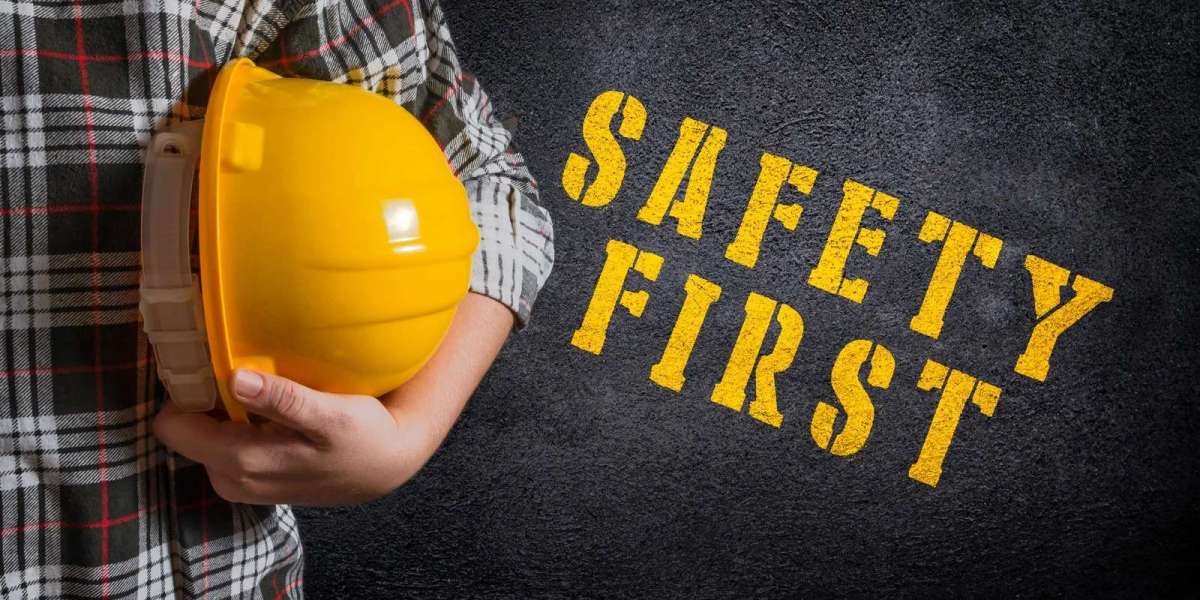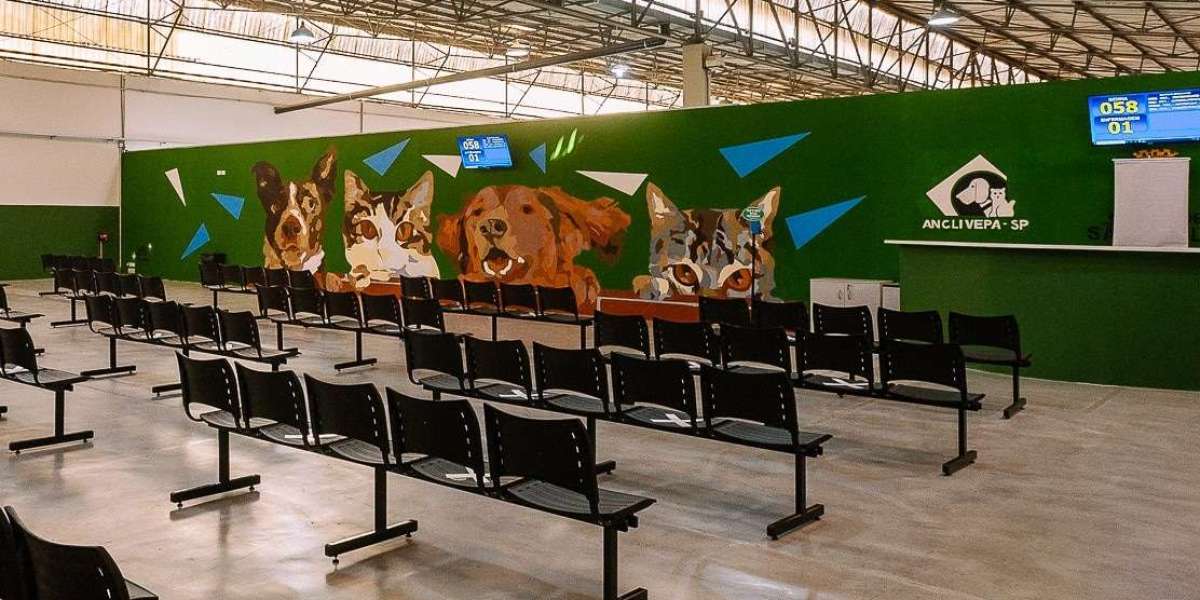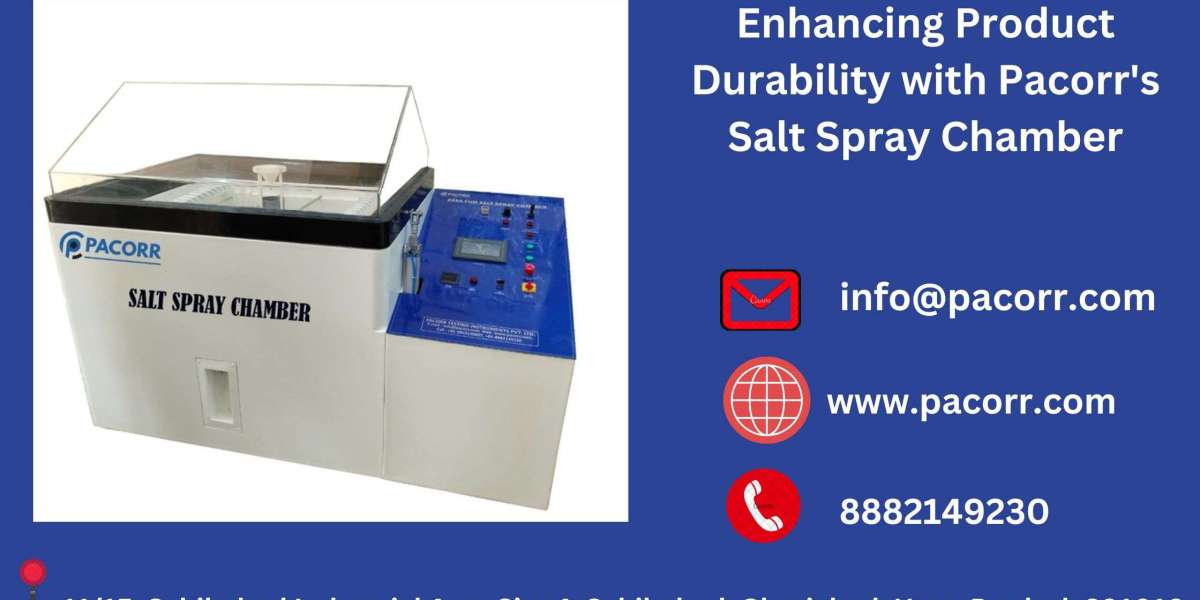Safety issues on a construction site are more than just daily risks — they are life-threatening realities that workers face every day. From falls and electrical hazards to heat stress and mental fatigue, these dangers continue to impact thousands across the U.S. each year. According to OSHA, most construction site accidents stem from a handful of recurring causes known as the "Fatal Four." Failing to address these issues not only leads to injuries but also delays, lawsuits, and financial loss. This article explores the most pressing safety concerns, including human behavior, environmental conditions, and equipment misuse, and offers practical, easy-to-understand ways to reduce incidents and promote a safer work culture.
Understanding the Biggest Issues in Construction Safety Today
Construction site accidents remain alarmingly frequent across the U.S. OSHA data shows that falls, caught‑in incidents, struck‑by events, and electrocutions cause most deaths. These OSHA safety violations are often due to inadequate fall protection systems, poor hazard identification, or missing personal protective equipment. Construction safety hazards cost billions in lost productivity and tragic lives each year. Effective construction site risk management demands both technology and culture change.
In addition to physical dangers, you must consider human factors. Workers suffer fatigue, mental strain, and stress that compromise concentration. Safety training for construction workers often overlooks mental health in construction industry. Addressing well‑being can cut accidents by boosting alertness and morale. Focusing only on tools and procedures leaves gaps in full safety assurance.
Fall Hazards: The Leading Cause of Injuries and Fatalities
Falls top OSHA’s fatal four hazards. Most fatal incidents result from unprotected edges, missing guardrails, and misused ladders. Studies show that fall protection systems reduce fatalities by over 60 percent when proper anchorage, nets, or harnesses exist. Understanding what causes most construction site injuries starts with fall prevention. Training must emphasize proper tie-offs, scaffolding checks, and secure platforms.
How to prevent falls on construction sites includes regular inspections, tool checks, and using guardrails. Case studies from multiple large-scale projects show that sites with active safety audits report far fewer fall incidents. For example, a midwest contractor dropped fall‑related recordables by half within a year of installing consistent fall protection systems and monitoring compliance daily.
Caught‑In or Between Hazards on the Job Site
Caught‑in or between incidents include workers struck by collapsing trenches, machinery pinch points, or falling structures. OSHA’s excavation standards require trench collapse prevention measures such as shoring, sloping, or shielding when trenches go deeper than five feet. Without enforcement, many sites still violate these rules. Trench cave‑in remains a critical safety issue despite regulation.
These events often occur when workers rush or ignore hazard alerts. A regional builder lost a skilled laborer to a trench collapse lacking proper shoring. Construction safety hazards show that even trained teams fail when rules are skipped. Emphasizing hazard identification and strict adherence to trench collapse prevention can save lives and avoid legal consequences.
Struck‑By Incidents: A Constant Threat in Busy Zones
Struck‑by hazards occur when people are hit by falling tools, swinging crane loads, or reversing trucks. These accidents rise in congested zones where construction site traffic isn’t strictly controlled. Many workers underestimate risk when equipment operators don’t use spotters or defined paths. Safety equipment for construction workers includes high‑visibility vests and physical barriers to prevent harm.
To protect workers from struck‑by accidents, sites must install exclusion zones, signal persons, and enforce traffic flow rules. A high‑rise project in California cut struck‑by injuries by 70 percent after introducing designated walkways, traffic controllers, and routine job site safety briefings.
Electrical Hazards and Inadequate Lockout/Tagout Systems
Electrical safety on construction sites is often flawed due to exposed wiring, arc flash hazards, and missing lockout/tagout procedures. Workers may encounter damaged cords, energized equipment, or improper grounding. These common electrical hazards on job sites lead to burns, shocks, and electrocutions. OSHA violations appear when crews don’t isolate power before maintenance.
A construction firm in Texas saved lives by adopting lockout/tagout training and strict de‑energizing protocols. They reduced electrical accidents by 50 percent in six months. Implementing a clear safety management system in construction ensures consistent inspections and compliance with electrical safety and general hazard mitigation procedures.
Manual Material Handling and Ergonomic Failures
Manual handling of heavy materials causes overexertion, musculoskeletal injuries, and chronic lesions. Workers lift, twist, and carry repetitive loads without ergonomic support. Construction safety hazards escalate when nobody trains employees on safe lifting. Poor posture, fatigue, and absence of assist tools create long-term injury risks.
Workplace data from a mid-size contractor showed back injury claims dropped after introducing lifting aids, rotating tasks, and training modules on posture and tool use. Ergonomic failures often signal weak site safety training for construction workers. Addressing this hazard improves productivity and worker health. Consider OSHA 30 Construction $25 for training employees.
Heat Stress, Airborne Contaminants, and Site Exposure Risks
Heat stress and silica dust exposure threaten many outdoor worksites in summer. Workers face heat stroke, dehydration, and respiratory damage when breathing fine dust. Urban heat waves and intense silica levels increase risk. Heat stress prevention tactics include hydration stations, rest breaks under shade, and constant monitoring. Airborne contaminants like respirable quartz demand ventilation and masks.
In Nevada’s desert builds crews instituted mandatory hydration schedules, shaded break areas, and respirator fit sessions. Heat-related incidents fell by 80 percent. Construction site thermal risk remains severe. Proper PPE and exposure limits paired with training can mitigate long-term health hazards.
Worker Well‑Being and Mental Health: The Overlooked Crisis
Mental pressure and fatigue lead to tunnel vision, slowed reaction time, and poor judgment. Construction often has high suicide rates and limited emotional support. Safety culture rarely incorporates mental wellness plans or stress reduction techniques. Ignoring well‑being detracts from safe performance and increases errors.
Phoenix‑based contractor built a wellness program offering counseling, flexible shifts, and peer groups. They reduced safety incidents and improved morale. Addressing mental health in construction industry is essential and often overlooked when focusing only on PPE or technical hazards.
The Role of Safety Management Systems in Reducing Risk
A comprehensive safety management system in construction links audits, training records, near‑miss tracking, and hazard alerts into one platform. Digital dashboards let supervisors track compliance and identify trends over time. Progressive firms use mobile apps for real‑time hazard reporting and action tracking.
Example: a national builder cut incident rates by 40 percent after installing a cloud‑based safety system. They addressed fall, struck‑by, and heat stress issues proactively. Investing in such systems transforms reactive safety efforts into preventive strategies, improving job site safety and long-term culture.
Conclusion: Addressing Core Issues in Construction Safety Saves Lives
Fall hazards remain the biggest safety concern in construction followed closely by caught‑in, struck‑by, and heat stress risks. However mental health and ergonomic failures contribute too. To reduce construction site fatalities you must embrace both systems and people-focused safety strategies. Prioritize hazard identification, fall protection systems, and safety management systems across your sites. This approach not only reduces injuries but also builds a culture of care, compliance, and continuous improvement in issues in construction safety.
FAQ
1. What is the most common safety issue on a construction site?
Falls are the leading cause of injuries and deaths on construction sites.
2. How can safety be improved on a construction site?
Safety can improve through training, hazard assessments, and strong site safety protocols.
3. What are OSHA’s fatal four construction hazards?
Falls, struck-by objects, electrocutions, and caught-in/between incidents.
4. Why is PPE important in construction?
Personal protective equipment (PPE) helps reduce injury risk and ensures OSHA compliance.
5. What are examples of site-specific hazards?
Uneven surfaces, scaffolding issues, exposed wiring, and poor weather conditions.








